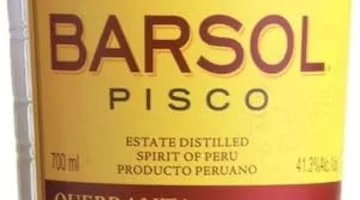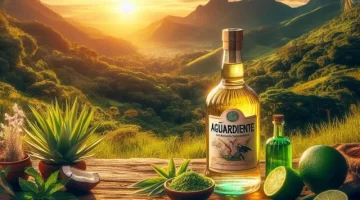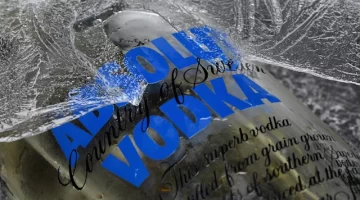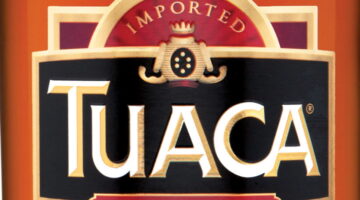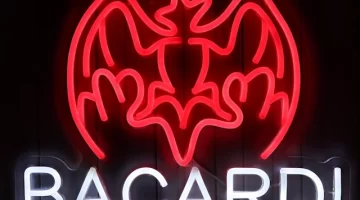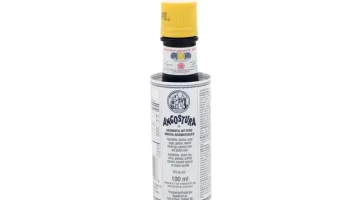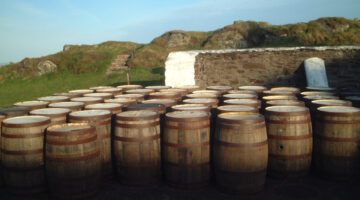The Art of Distilling Book Review
Travel Distilled reviews the book The Art of Distilling, a comprehensive guide to artisan and craft distilling of spirits in the USA.
The first edition of The Art of Distilling came out in 2011, and it’s now been revised and updated. Its subtitle tells you what you need to know about it: ‘An enthusiast’s guide to the artisan distilling of whiskey, vodka, gin, and other potent potables.’
‘We are entering a golden age for the spirits lover,’ says Fritz Maytag in his Foreword. Well, I think we entered it quite a while ago but thankfully it shows no signs of going away, only of getting better. Maybe Maytag is right and we actually are only now entering the golden age.
There’s certainly a golden age of books about spirits, and cocktails, and there are some fine titles out there. What’s unusual about this one, though, is that it covers the whole topic of distilling, of all spirits, not focusing on one type, and not dealing with the big names. You won’t find Diageo in the index, and there’s just a single passing mention of Chivas Brothers, and one of Suntory, in the book’s 176 pages.

The Authors
The three main authors of The Art of Distilling are:
Bill Owens, who is a distiller, a brewer, a publisher, a writer, and a photographer. He founded the American Distilling Institute, and is the author of How to Build a Small Brewery.
Alan Dikty, who manages a company that builds craft breweries and distilleries, writes about distilling and brewing for various outlets, and wrote the Buying Guide to Spirits.
Andrew Faulkner, who is both a photographer and a journalist, and the publisher of Distiller Magazine.

The Art of Distilling’s Contributors
Although the book has three main authors, it has several other contributors, all of them experts in different aspects of the world of distilling. Some of them have written books themselves, such as Mike McCaw’s The Compleat Distiller, Matthew Rowley’s Moonshine!, and Ian Smiley’s The Distiller’s Guide to Rum. Mike McCaw is also working on ‘stirring up grass roots interest in legalization of private noncommercial distillation in the United States.’ So three cheers for Mike McCaw.

The Art of Distilling Book Review
In his Introduction, author Bill Owens points out that since the first edition of the book, craft distilling has been growing in the USA at about 30% a year. As of 2018, there are over 1500 licensed craft distillers in the USA. There are 500 gin producers, and 400 craft distilleries making rum.

History of Distilling
The book begins with A Brief History of Distilling, Well, it has to be brief as distilling goes back some 5,000 years. It’s an entertaining read covering the spread of distilling around the world, and the evolution of distilling technology.

The Distilling Process
Chapter Two explains The Distilling Process, covering the chemistry of what’s going on, the different types of stills, which stills are used for which spirits, and the various steps ‘from barley to barrel’. If you’ve read other books about spirits, then most of this will be familiar to you, but it is a very in-depth look at the distilling process in a clear, easy-to-read, and entertaining way.
It’s an achievement that the book is enjoyable to read throughout, as it has several authors and contributors (see above), but has the feel that it was written by one person. In addition to the writing there’s some excellent photography. Co-author Bill Owens helped fund the first edition by selling his photos to museums, and has even sold photos to Elton John.

Tequila
After the opening overview chapters, each of the major spirits then gets its own chapter. I turned first to Chapter Eight, Tequila and Agave Spirits, as I went to Mexico last year and have been on a tequila and mezcal kick ever since.
It’s full of fun and fascinating information. One thing I didn’t know was that the US importing of tequila began in 1873 when Jose Cuervo brought just three barrels into the USA through El Paso in Texas. I also discovered the connection between Bing Crosby and Jimmy Buffett – yes, the margarita.
However, at the end of the chapter the book lists the Classifications of Tequila – and gets it wrong. It lists four categories of tequila: blanco, gold, reposado, and añejo. It doesn’t mention extra añejo, which has been an official category of tequila since 2006. On page 71 where the book lists the various official categories for different spirits, it only lists three for tequila and omits the fourth category, extra añejo.
It also gets the facts wrong. It says that the maximum aging period for reposado is 9 months. It isn’t. It’s 12 months. It also says the maximum aging period for añejo tequilas is 4 years. It isn’t, it’s 3 years. Go a day beyond 3 years and it’s an extra añejo.
This is an exception, though, as the book is a thoroughly enjoyable and informative read. You don’t have to be starting your own distillery to get something out of it, but if you are then The Art of Distilling ought to be your basic primer.
Buying The Art of Distilling
You can buy The Art of Distilling on Amazon.
Buying The Art of Distilling
You can buy The Art of Distilling on Amazon.

